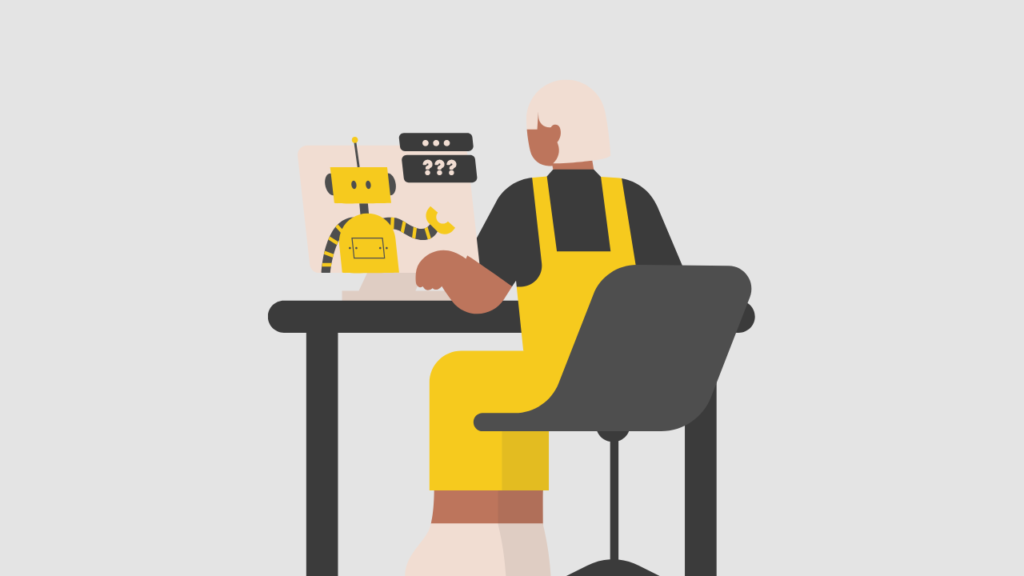Don't Lose Out On Potential Buyers And Leverage Our Services On App Design For Real Estate Agents
In recent years, many businesses have seen significant and digitally innovative change. Recently, 81% of people have preferred to do online searches before making purchases.
Customers now want more from their real estate brokers than just a phone number or email address as smartphone usage and online resources have increased. When looking for homes or interacting with people who might help them realise their homeownership ambitions, they want comfort and a seamless experience.
Real estate applications allow agents to connect with potential customers by enhancing how they manage listings or conduct property searches. But not every real estate app is made equal. Some websites provide more listings than others while still being simple enough for any customer to peruse without becoming lost in the abundance of information.
As a recognised leader in app development, Pearl Lemon Web has created several real estate apps. We’ve conducted several UX design studies of real estate apps to acquire data insights because we know that user-friendly interfaces are essential to drawing and keeping visitors.
Ready to enhance your engagement with your buyers? Call us today and jumpstart your app design with us.
Importance Of App Design For Real Estate Agents
Users are pushed in many different directions in the digital world. More possibilities than ever before are available to them. As a result, you must take user experience, and user interface into account when creating your real estate app. If you don’t, you risk losing out on possible buyers or sellers.
Before the internet, prospective homebuyers probably had to personally visit a house or flick through pages of real estate periodicals to learn more about it and get a sense of how they felt about it. Does the residence seem like somewhere they would want to call home for the rest of their days? Is there enough room for their family there? Do they have access to the necessities in the environment?
Now that there are real estate apps with good UI/UX, you can quickly find the answers to these queries. Users won’t worry as much while learning about their hobbies because of UI design elements like a professional image gallery, video storytelling, and prodding CTA buttons.
The goal of real estate app development is to create a visually appealing environment that inspires users to purchase or rent a home. To do this, UI/UX design is essential. They make it easier for users to navigate an app and find the information they need more quickly without switching between screens. Users are less likely to use an app again if they find it challenging or difficult to use.
It’s important to remember that UI/UX is about building products that people love using, not just good products! When done properly, smart UI/UX design can increase sales conversions for property owners and contribute to the development of a strong sense of brand identification and customer loyalty. For instance, real estate apps like Zillow and Trulia have made an excellent first impression on property buyers and sellers because of their UI/UX.
The Best Real Estate App Designs To Inspire You
As the real estate industry grows, apps that help people rent or buy homes are popping up like mushrooms after rain. The process of building a real estate app isn’t that difficult, especially if you prepare yourself beforehand.
You can avoid starting from scratch by taking the most crucial lessons from the experience of current market players. You can create a real estate app UI design for your project by adapting the best strategies of your rivals. After considering that, let’s look at some of the top real estate app designs that ought to motivate you.
Zillow
One of the biggest online real estate networks is Zillow, which enables agents to interact with millions of online house consumers and generate more real estate leads.
Zillow Premier Agent app combines the advertising power of the marketplace with a set of communication capabilities like calls, e-signatures, tasks, reminders, custom notes, and mobile notifications. The platform also functions as the personal assistance desk for each agent, providing access to any necessary paperwork.
Trulia
On both desktop and mobile devices, Trulia’s responsive design looks fantastic. The colour scheme is straightforward and dependable. For various operations, such as adding a new property to your list or getting more details about the one you’ve already stored, it employs icons more frequently than text.
Additionally, you’ll see that Trulia employs sizable buttons for its quick actions, making it simple to hit them without unintentionally tapping an adjacent button.
More importantly, Trulia provides interactive city maps that enable you to view the quality of life in various neighbourhoods.
Redfin
Representing Your Brand Image With Strong Real Estate App Design
Building a strong online presence for your real estate company is essential as technology develops. It makes sense that businesses that pioneered the market, like Zillow and Trulia, have controlled it for years.
Today, however, having the finest mobile apps toolkit is essential for real estate marketing because many listing services and agencies are switching from the web to smartphones.
As a real estate agent, you should therefore ensure you are at the forefront of this conflict and have access to all the top mobile apps that could help you dominate your local real estate market–and Pearl Lemon Web experts can help.
Pearl Lemon Web designers can create a robust real estate app that has a responsive and easy-to-navigate design, ensuring that your potential prospects won’t look for other realtors.
Ready to represent your brand with strong real estate app design?
FAQs
How much does an app design for real estate agents cost?
Prices for a basic and simple solution can range from $25,000 to $45,000. However, more advanced real estate apps can cost as much as $70,000. The project’s complexity will influence the overall cost of developing a real estate mobile app.
Discuss your project’s needs by giving us a call. We’d love to discuss it with you!
What features should an app design for real estate agents contain?
The features your real estate business needs will determine which ones you should prioritise. However, you typically want your best realtor app to have capabilities for hiring and onboarding, as well as time management, scheduling, digital forms and checklists, and communication.
What are the benefits of a good app design for real estate agents?
A real estate app that has a responsive app design has a lot of advantages, including but not limited to the following:
- Agents may maintain efficiency and organisation: Time management is a crucial skill for any real estate agent. A responsive app can help increase productivity so that agents have more time to concentrate on other aspects of their jobs.
- Easy communication: Deals can be closed more quickly if you and your clients can communicate with one another quickly. Instant communication tools on a real estate app are really helpful.
Client-friendly: Good real estate applications can be a more convenient option for customers than desktop website surfing. Instead, opening an app on a mobile device is much easier.


















